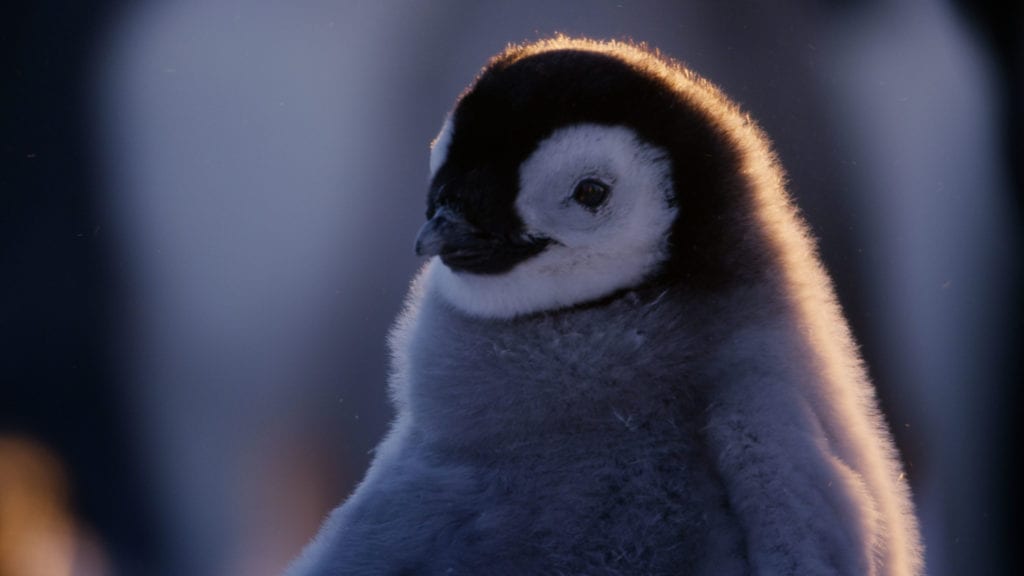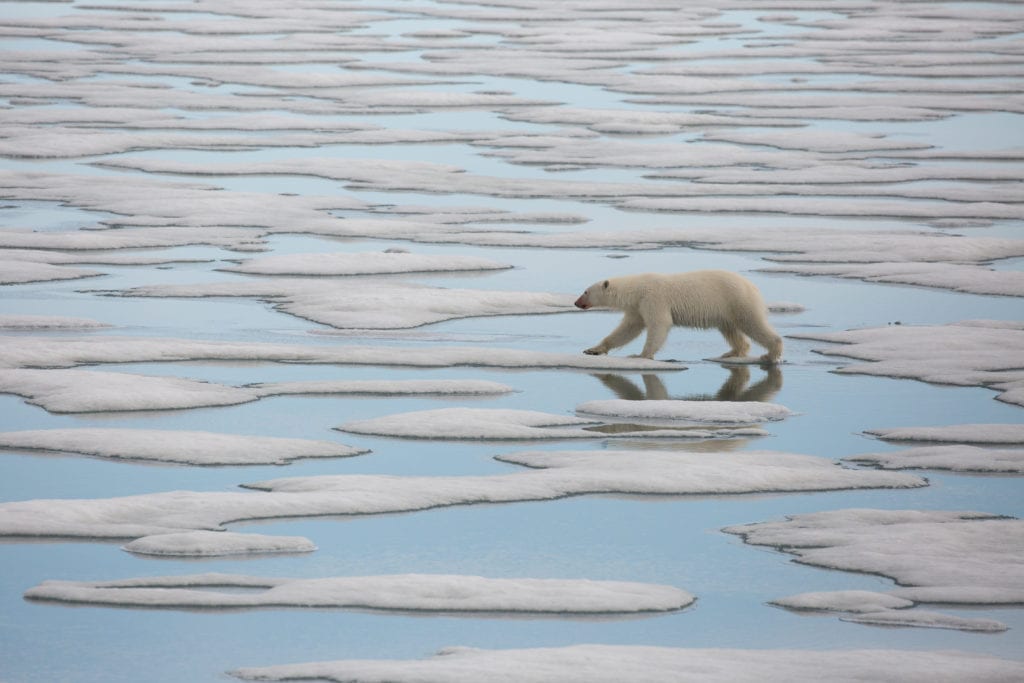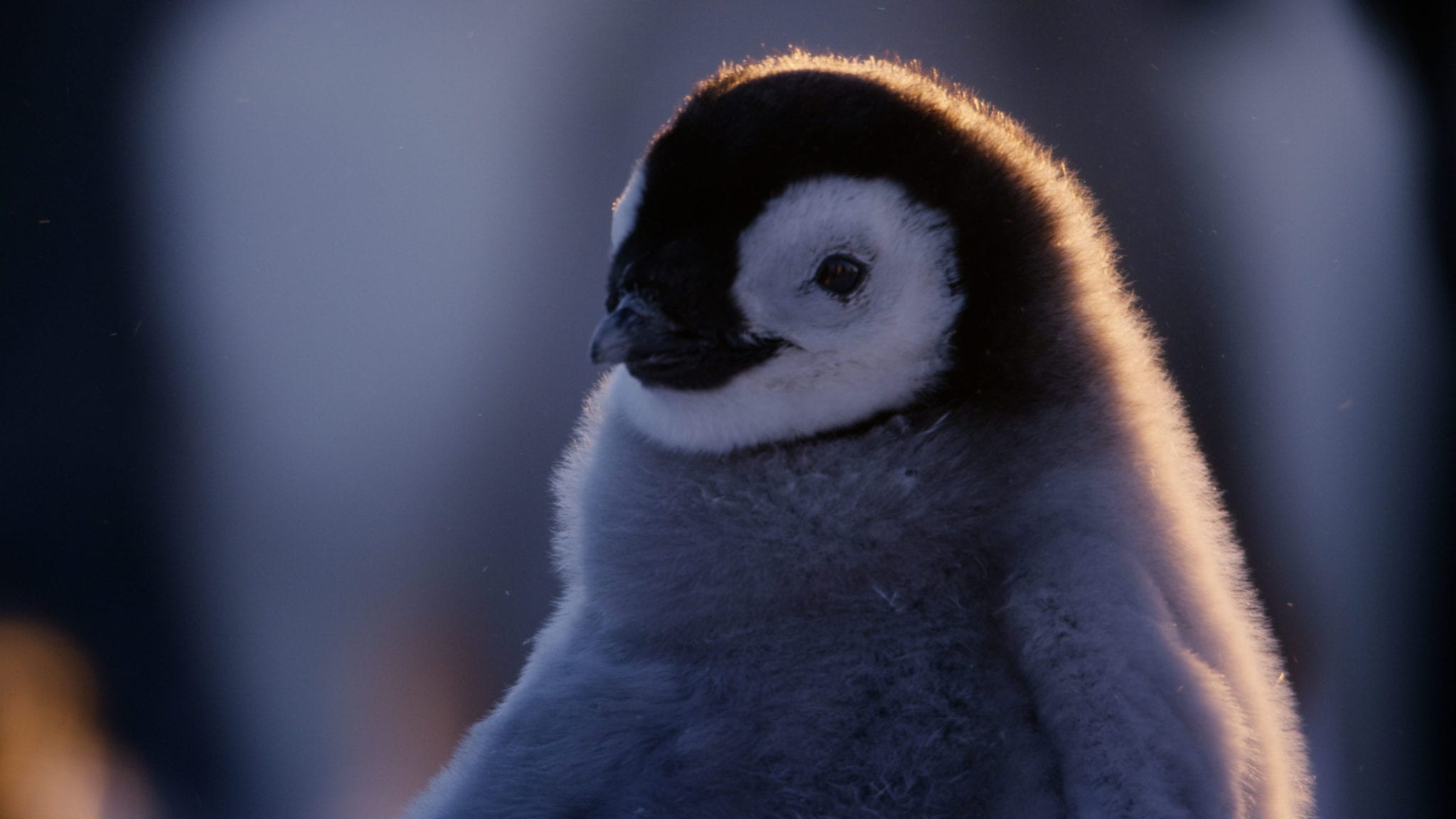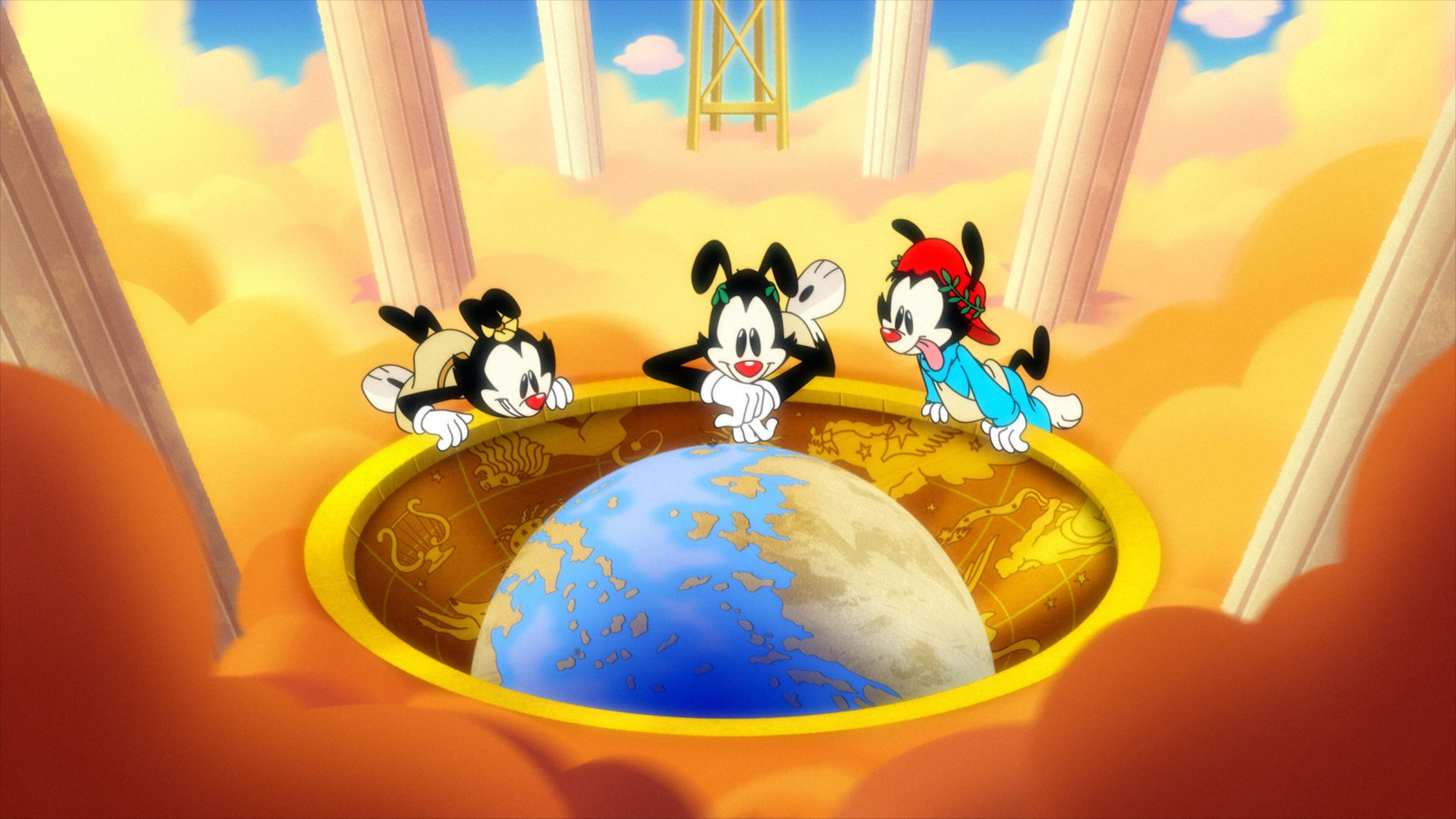
A few months ago, I had the opportunity to view a few scenes from a new show on National Geographic called Hostile Planet (Mondays, 9 PM/8 CT).? Being an avid nature enthusiast, I was thrilled to spend some time with God?s creation since I don?t get outdoors as much I would like.? However, I found myself cringing quite a bit as I watched.? Perhaps it?s because I have an idyllic view of how nature works.? Yes, I?m sure it can get rough from time to time, but do baby birds really have to suffer the consequences of learning to fly in the form of smashing their heads repeatedly against the side of a mountain as gravity takes them hundreds of feet to the ground?? Somehow, I found myself intrigued, in a macabre sort of way.
The first episode aired on April Fools? Day and did not bring the baby birds I remembered.? Instead, it focused on the polar regions of our planet and provided an air of familiarity in the form of penguins, seals, and bears with white fur.? I found myself transported to a winter wonderland where the narrator was describing behavioral patterns of artic wolves.? But the voice of David Attenborough?s was not there, replaced with that of outdoor enthusiast Bear Grylls instead.? Grylls made a few brief appearances in the episode, then got out of the way to let the animals and cinematography do the talking.
We?ve been trained to know that life in the Artic is brutal and that only a few animals can survive the harsh conditions. Those are put on display as male penguins stay alive while keeping an egg warm enough to hatch, then giving it enough food so that the two don?t starve to death.? This has been seen multiple times on nature documentaries.? The hostility is upped a notch when leopard seals decide to have a feeding frenzy and a baby penguin gets to fight for its life on a submerging ice floe.? It?s pretty harrowing to watch.? Artic wolves struggle to survive, but when they need to eat, they can group together and take down a baby musk ox.? When its mother stays behind to watch her offspring die, she suffers the same fate.? Is there blood?? Yup.
Outside of these two examples, Hostile Planet is more like watching a generic nature documentary, albeit with significantly better camera work (thanks to Academy Award-winning cinematographer/director Guillermo Navarro (Pan?s Labyrinth).? This is not a bad thing, but there wasn?t enough hostility for me.? Perhaps that will change in subsequent episodes.

While watching the struggles of these animals?especially a polar bear attempting to navigate a never-ending maze of ice?I began to think about how life is for humans.? We might not live in the Artic, but we face struggles that seem to never go away?slogging in a dead-end job we?re unable to get out of; watching loved ones fight diseases; making ends meet for our family.? It can get to a point where we?re ready to just give up.? Yet we are able, somehow, to make it to the next sunrise.? The apostle Paul noted that for followers of Jesus, there is a hope that can be held on to in those difficult times: ?We are hard pressed on every side, but not crushed; perplexed, but not in despair; persecuted, but not abandoned; struck down, but not destroyed? (2 Corinthians 4:8-9 NIV).? Life can certainly be hostile, but we definitely have the ability to not only rise up, but thrive in the face of adversity.? If there?s a lesson we can learn from the penguins, polar bears, and artic foxes, that is it.? Thanks for the reminder, National Geographic.
Current EventsReviewsTelevision




